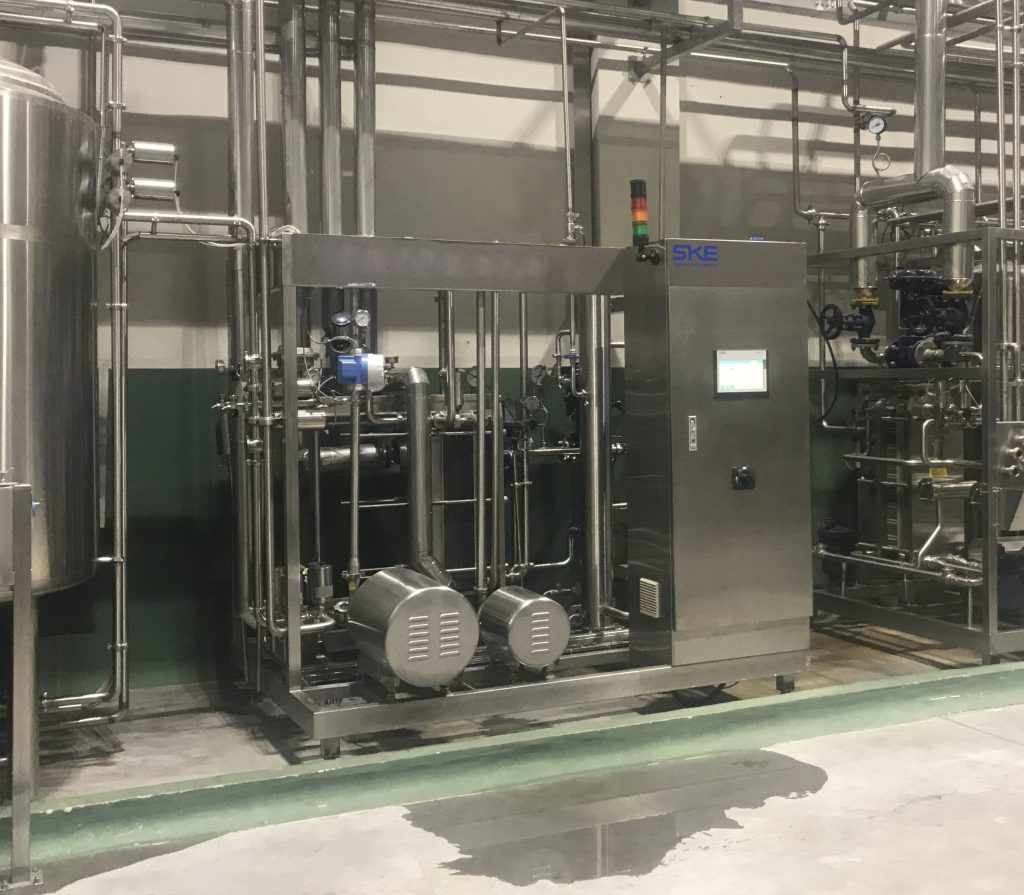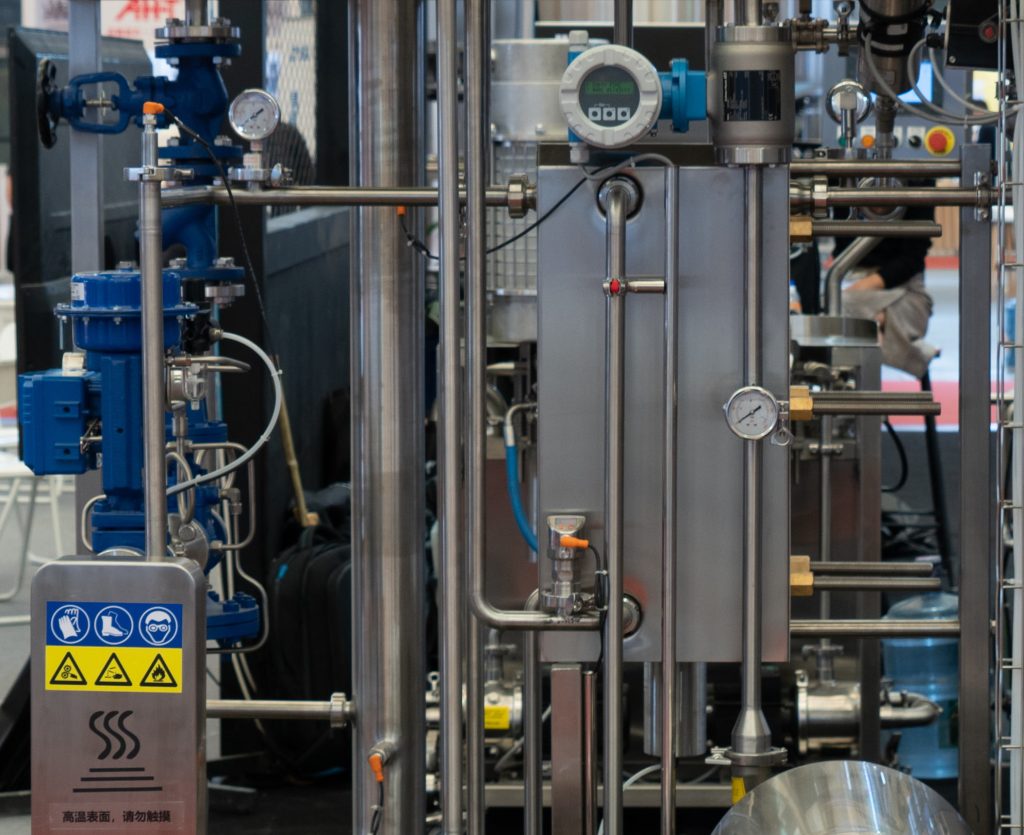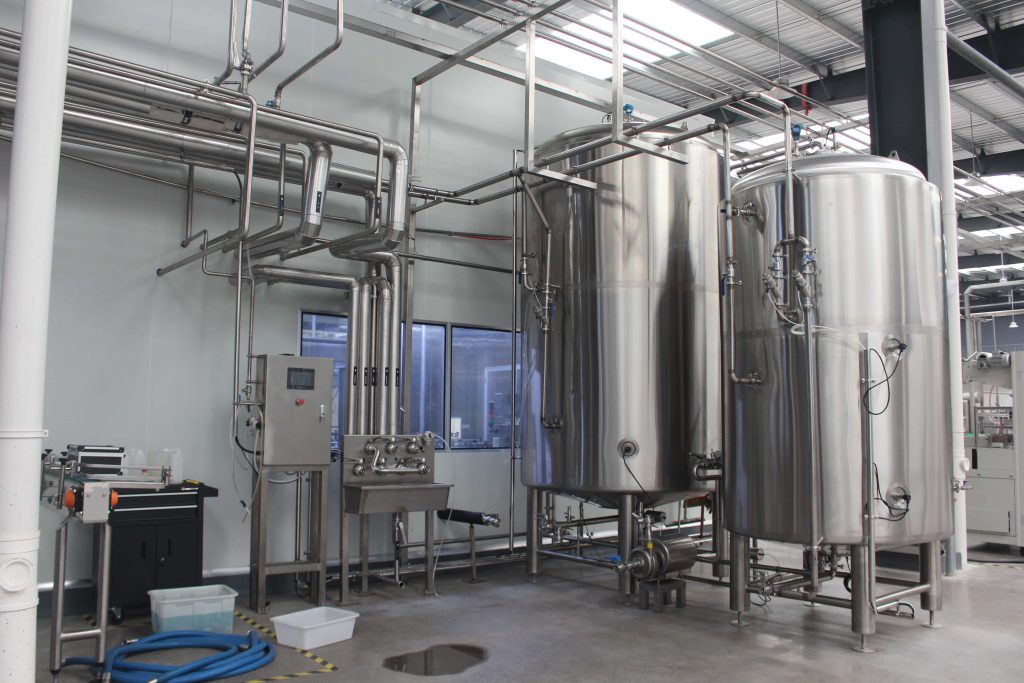Introdução

In today’s dynamic food industry, ensuring food safety while maintaining nutritional quality and extending shelf life is paramount. High Pressure Pasteurization (HPP) equipment has emerged as a revolutionary technology in achieving these goals. This blog delves into the intricacies of HPP equipment, exploring how it enhances food safety through the application of high pressures to eliminate pathogens while preserving the natural attributes of food products.
Entendimento High Pressure Pasteurization Equipment
High Pressure Pasteurization (HPP) equipment operates on the principle of utilizing intense hydraulic pressure to eliminate harmful microorganisms from food products. Unlike traditional heat-based pasteurization methods, HPP does not rely on high temperatures, which can sometimes compromise the taste, texture, and nutritional content of foods. Instead, it employs pressures typically ranging from 100 to 800 MPa (megapascals) to achieve microbial inactivation, making it particularly suitable for heat-sensitive foods like fresh juices, deli meats, and seafood.
Mechanism of high pressure pasteurization equipment
The mechanism of high pressure pasteurization equipment involves placing packaged foods within a high-pressure chamber where they are subjected to uniform pressure from all directions (isostatic pressure). This pressure disrupts the cellular structures of pathogens such as bacteria, molds, and yeasts, rendering them inactive while preserving the integrity of the food’s physical and chemical properties. This non-thermal treatment ensures that foods retain their natural flavors, colors, and nutritional benefits, making them safer and more appealing to consumers.
Benefits of HPP Equipment
High Pressure Pasteurization equipment offers a multitude of advantages:
- Vida útil estendida: By effectively controlling microbial growth, HPP extends the shelf life of perishable foods. This not only reduces food waste but also enhances the economic viability of food products.
- Preservation of Nutritional Quality: Unlike conventional heat pasteurization, which can lead to nutrient degradation, HPP preserves the natural vitamins, enzymes, and antioxidants present in foods. This helps maintain their nutritional value and supports consumer demand for minimally processed, nutrient-rich foods.
- Enhanced Food Safety: HPP effectively eliminates pathogens such as E. coli, Salmonella, and Listeria, which are major concerns for food safety. By reducing the risk of contamination, HPP contributes to safer food products for consumers worldwide.
Estudos de caso e aplicações
Application Across Food Categories
High Pressure Pasteurization equipment finds application across various food categories, each benefiting uniquely from its technology:
| Food Category | Benefits of HPP |
|---|---|
| Fresh Juices | Retains fresh flavor and nutrients |
| Ready-to-Eat Meals | Maintains texture and extends shelf life |
| Seafood | Reduces risk of bacterial contamination |
| Dairy Products | Preserves natural enzymes and extends freshness |
Industry Standards and Regulations

The adoption of HPP technology is governed by strict regulatory standards to ensure both safety and quality control in food processing. Regulatory bodies such as the FDA (Food and Drug Administration) in the United States and the European Food Safety Authority (EFSA) in Europe provide comprehensive guidelines for the safe implementation of HPP in food production facilities. These regulations encompass aspects such as pressure levels, packaging materials, and labeling requirements to safeguard consumer health and uphold industry standards.
Conclusão
High Pressure Pasteurization equipment stands at the forefront of modern food safety practices, offering a reliable solution to microbial contamination without compromising the sensory or nutritional qualities of food products. As consumer preferences shift towards fresher, healthier options, HPP continues to play a pivotal role in meeting these demands while ensuring the safety and longevity of food supplies globally.
Perguntas frequentes
P: Como é que high pressure pasteurization equipment compare to traditional heat pasteurization methods?
A: HPP differs from heat pasteurization by using pressure rather than heat to eliminate pathogens, thereby preserving the natural attributes of foods.
Q: What types of foods can benefit from high pressure pasteurization equipment?
A: HPP is particularly beneficial for foods that are heat-sensitive or prone to microbial contamination, such as fresh juices, ready-to-eat meals, seafood, and dairy products.
P: É high pressure pasteurization equipment expensive to install and operate?
A: Initial investment costs for HPP equipment can be higher compared to traditional methods, but the benefits of extended shelf life and enhanced food safety often justify these costs over time.

